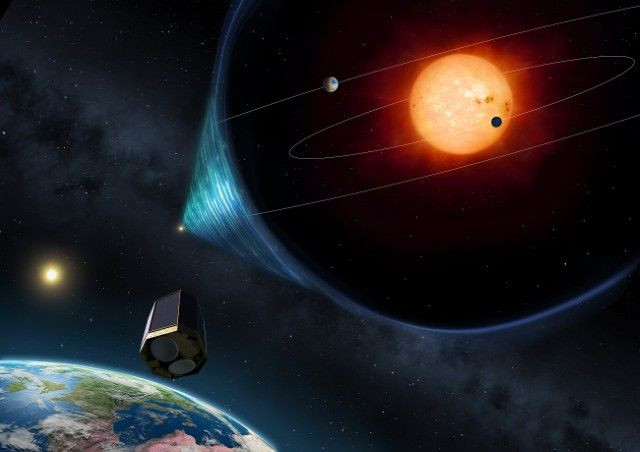Planet-Hunting PLATO To Launch In 2024: 34 Telescopes Will Observe 1 Million Stars In Search Of Exoplanets

The European Space Agency announced Wednesday the Planetary Transits and Oscillations of stars, PLATO, mission to find new exoplanets, planets outside of our solar system. The PLATO mission will observe a million stars using 34 telescopes and cameras and will launch in 2024.
The "medium-class" science mission is part of the ESA's Cosmic Vision 2015-2025 Program. The University of Warwick in England will be a partner in the PLATO mission and said one of the key goals will be to find an Earth-sized exoplanet orbiting a star similar to the sun at distance similar to Earth's and within the star’s habitable zone, defined as the area where liquid water would be possible. The PLATO mission will spend six years observing stars in search of new exoplanets.
Don Pollacco, from the University of Warwick and PLATO Science Consortium leader, said in a statement, “PLATO will allow the first systematic survey of nearby planets for indications from advanced life forms (as well as slime). A few years ago this would have been science fiction and now it’s coming to pass as science fact.”
According to the space agency, the program will focus on the evolution of planet formation as well as the function of the solar system itself. Learning how the solar system works and how planets form can lead to new insights into the conditions necessary for life to form.
The telescopes observing the stars will look for changes in brightness, known as the transit method. This process involves measuring the change in brightness as a planet orbits in front of its host star. The PLATO will also measure the density, composition, mass, radius and age of host stars. Using the data collected from the PLATO mission, researchers can then compare other planetary systems to our own.
Hundreds of European institutions are collaborating in PLATO to develop the spacecraft and coordinate research efforts. The 34 telescopes will be mounted on a space probe and its camera will feature a 0.9-meter sensor.
Alvaro Giménez, ESA’s director of science and robotic exploration, said in a statement, "Its discoveries will help to place our own solar system’s architecture in the context of other planetary systems."
© Copyright IBTimes 2025. All rights reserved.






















